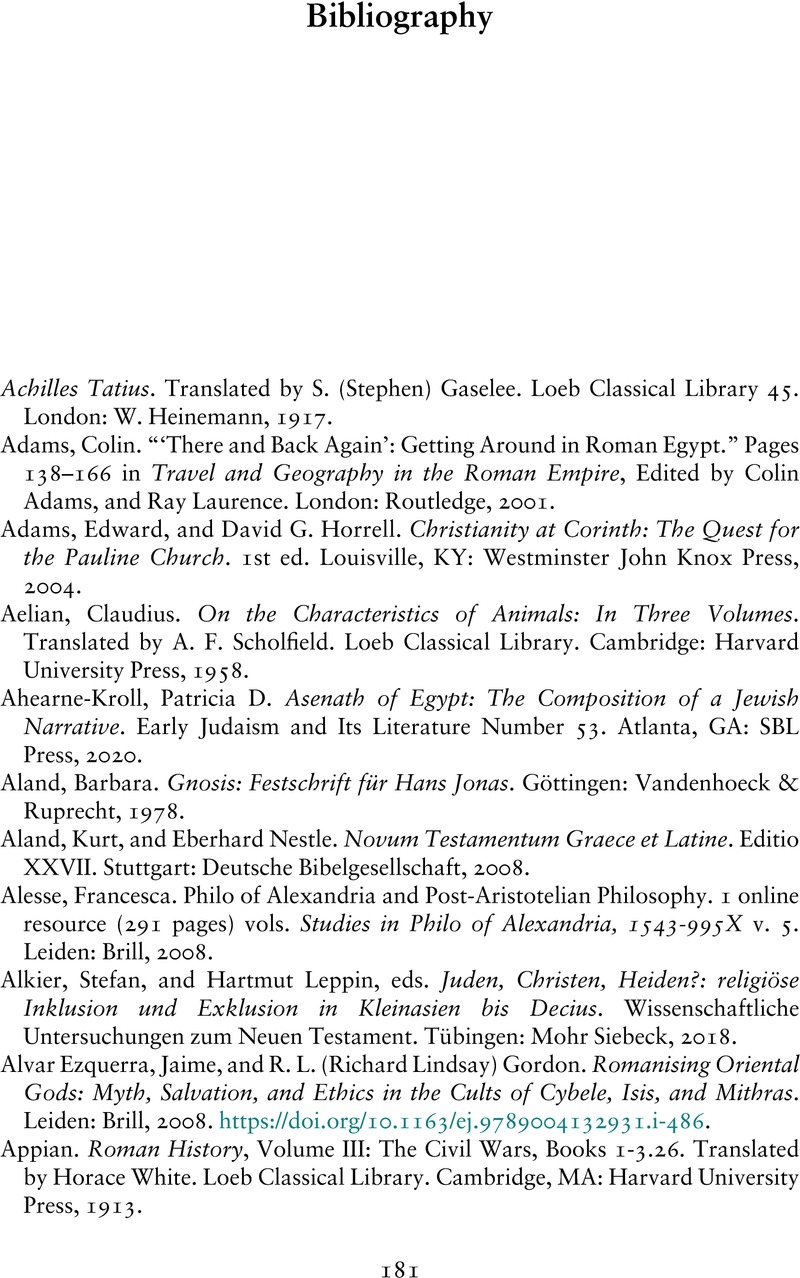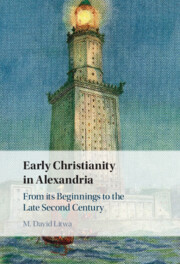Bibliography
Published online by Cambridge University Press: 14 December 2023
Summary

- Type
- Chapter
- Information
- Early Christianity in AlexandriaFrom its Beginnings to the Late Second Century, pp. 181 - 220Publisher: Cambridge University PressPrint publication year: 2023



